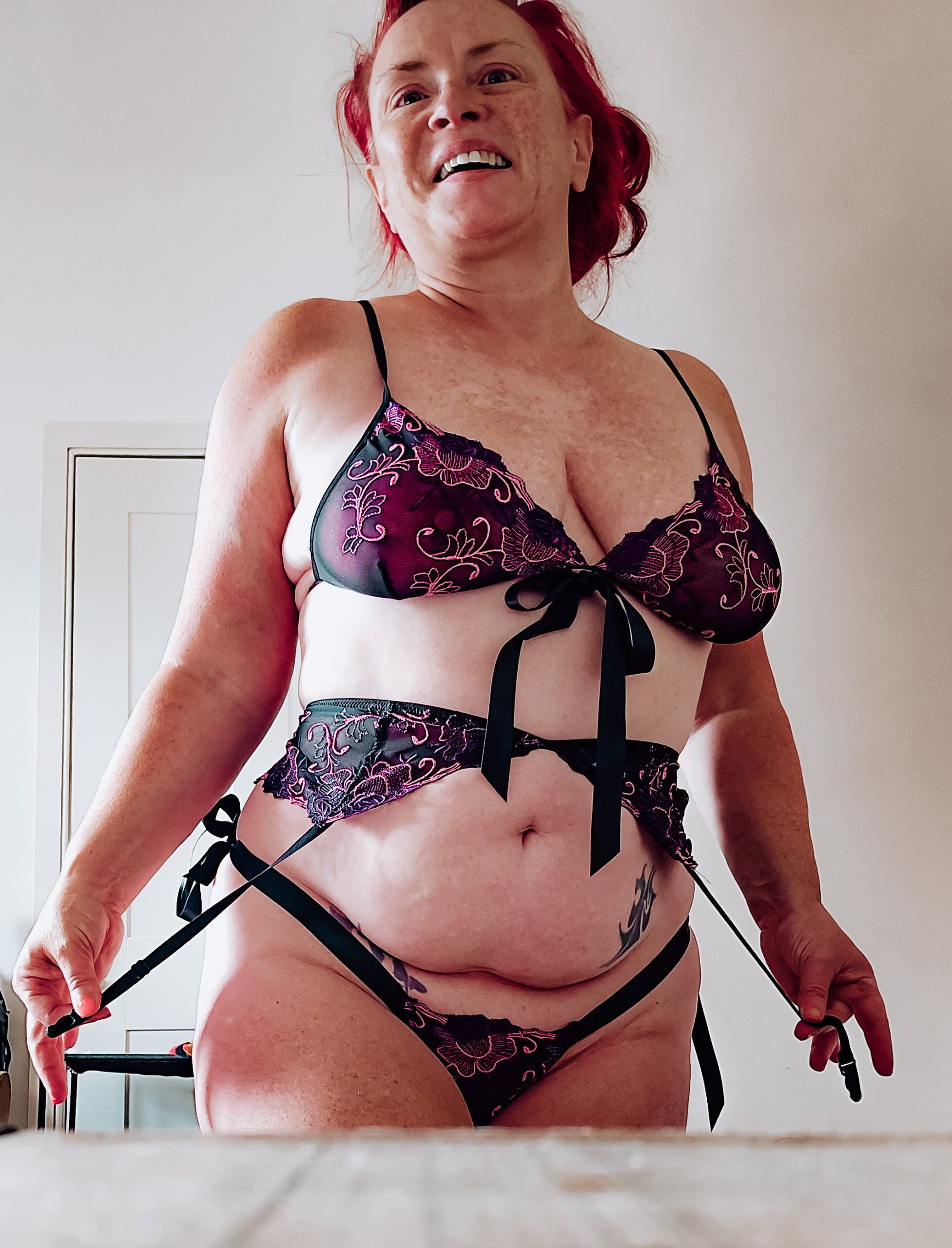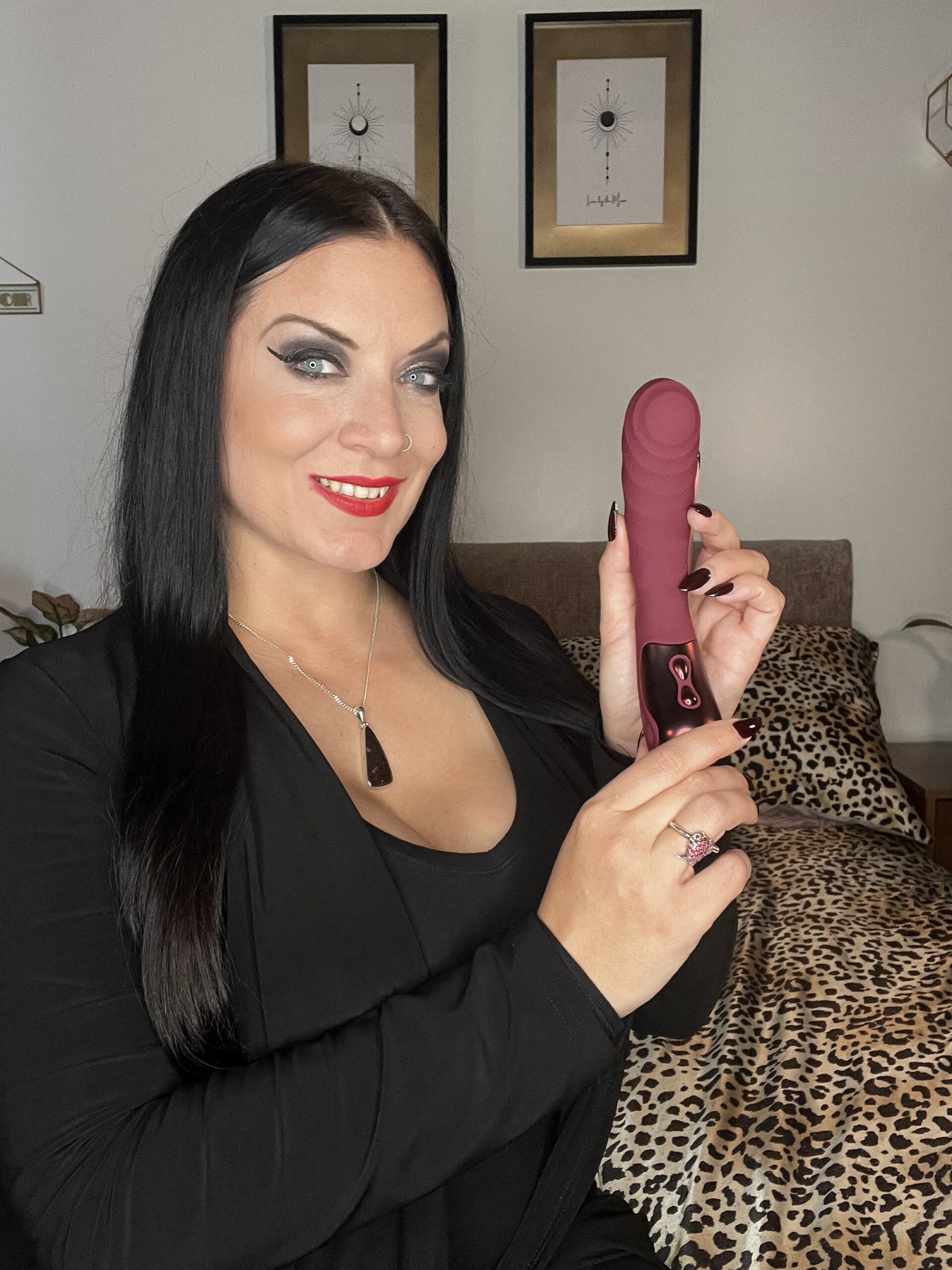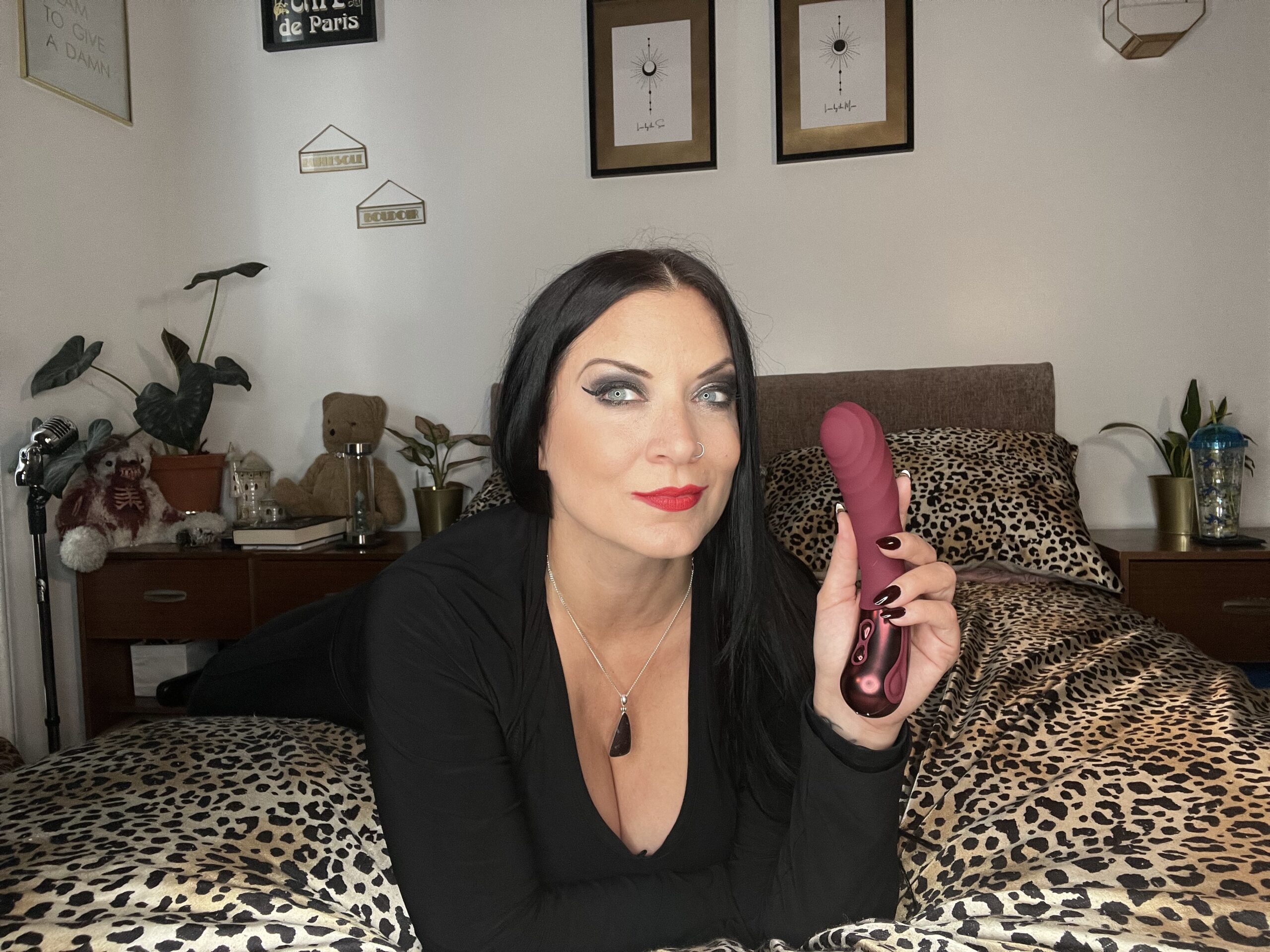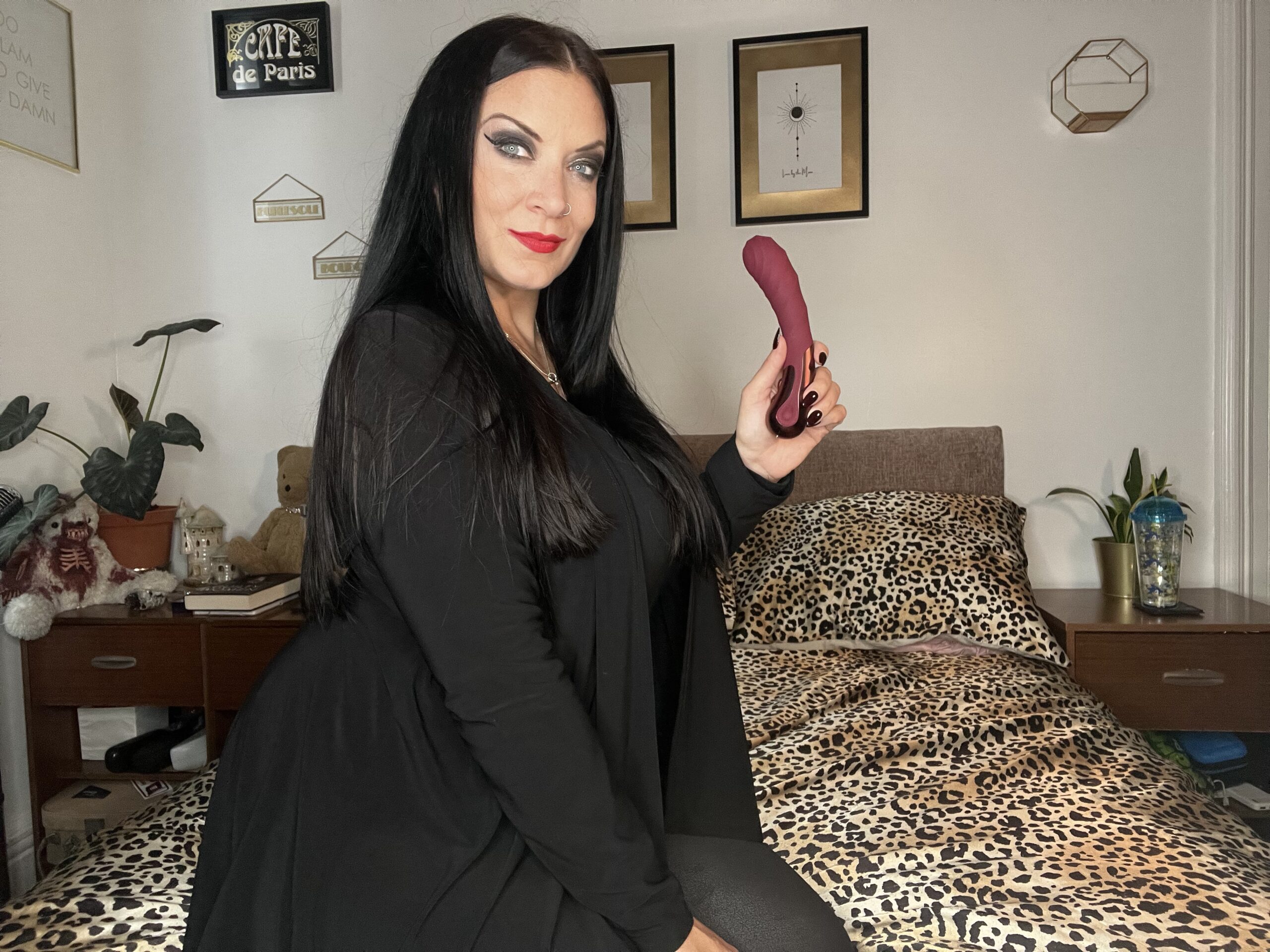A Spectrum of Experiences: Asexuality is Not Just the Absence of Sexuality
Asexuality is often misunderstood as simply being a lack of sex drive or an absence of interest in physical intimacy, but this narrow definition ignores the complexity and diversity of asexual experiences.
The term “asexual” refers to a spectrum of feelings and identities related to sexual attraction, arousal, and desire. Asexuality is not just the opposite of sexuality; it’s a distinct aspect of human experience that can manifest in different ways for different people. Some asexual individuals may identify as demisexual, meaning they only feel romantic or emotional attraction after forming a deep connection with someone. Others may identify as graysexual, indicating that their feelings of attraction are somewhere in between.
Moreover, the notion that asexuality is solely the absence of desire overlooks the rich cultural and personal experiences of asexual individuals. Asexuality can be a source of strength and empowerment, allowing individuals to focus on other aspects of their lives and relationships. In contrast, the pressure to conform to societal expectations around sex and intimacy can lead to feelings of shame, anxiety, and isolation for many people.
Breaking down these myths and building understanding requires a nuanced and empathetic approach. It involves listening to the experiences and perspectives of asexual individuals, rather than relying on stereotypes or assumptions. By doing so, we can create a more inclusive and accepting environment where everyone can explore their own feelings and identities without fear of judgment or rejection.
Types of Asexual Identities
Asexuality is a complex and multifaceted identity that encompasses a range of experiences and orientations. While often misunderstood or marginalized, asexual individuals have been advocating for greater understanding and acceptance. In recent years, there has been an increasing push to recognize and celebrate the diversity within the asexual community, including the existence of different sub-identities and nuances. As we explore the world of asexuality, it becomes clear that this identity is not simply the absence of sex, but rather a unique aspect of human experience that deserves acknowledgment and respect.
Gray-Asexuality and Demisexuality
Asexual identities encompass a wide range of experiences, challenging traditional notions of sex and relationships.
Some individuals identify as Gray-Asexual, meaning they may experience romantic or sexual attraction in the future but do not currently feel it. Others may identify as Demisexual, indicating that they only experience romantic or sexual attraction after forming a strong emotional connection with someone.
Gray-ace and demisexuality exist on a spectrum, allowing individuals to navigate their attractions in unique ways. Gray-aces might find themselves drawn to fictional characters or hypothetical scenarios, while demisexuals may feel more inclined towards platonic relationships before experiencing romantic attraction.
These identities highlight the importance of considering individual experiences when exploring asexuality. By acknowledging and respecting the diversity within the asexual community, we can work towards greater understanding and acceptance.
Asexuality in the Context of Human Diversity
Asexuality, a concept often misunderstood or marginalized within discussions of human diversity, holds significant relevance in contemporary conversations around identity, intimacy, and relationships. As part of the vast spectrum of human experiences, asexuality encompasses a range of orientations and identities that exist outside the traditional binary framework of sexuality as either heterosexually or homosexually inclined.
Asexuality is Not a Mental Disorder
Asexuality, often misunderstood and stigmatized, is a fundamental aspect of human diversity that deserves recognition and respect. As part of the broader spectrum of human identities, asexuality encompasses a range of experiences and orientations, from those who identify as asexual to those who identify as gray-asexual or demisexual.
Despite its importance, asexuality is often misconstrued as a mental disorder or a lack of libido. This misconception stems from a lack of understanding and education about the asexual community. In reality, asexuality is simply a different aspect of human sexual orientation, just like heterosexuality, homosexuality, bisexuality, and others.
One of the primary myths surrounding asexuality is that it is a mental health issue or a condition that requires treatment. This could not be further from the truth. Asexuality is not a disorder; it is a valid identity that deserves to be acknowledged and respected. Research has shown that asexual individuals are just as mentally healthy, happy, and fulfilled as anyone else.

Asexuality also challenges traditional notions of love, intimacy, and relationships. Many people assume that asexuality is synonymous with celibacy or a lack of emotional connection. However, this is far from the truth. Asexual individuals can form deep, meaningful connections with others, whether romantic or platonic, without experiencing sexual attraction.
Building understanding and acceptance of asexuality requires education, empathy, and an open mind. By learning about the experiences and perspectives of asexual individuals, we can work towards creating a more inclusive and accepting society. This, in turn, will allow asexual people to live their lives authentically, without fear of stigma or judgment.

Ultimately, asexuality is not something that needs to be changed or cured; it is simply a natural aspect of human diversity. By recognizing and respecting this diversity, we can work towards a more compassionate and accepting world for all individuals, regardless of their sexual orientation.
The Impact of Asexuality on Relationships and Society
Asexuality, or the lack of sexual attraction to others, is often misunderstood and overlooked in conversations about relationships and society. As a result, individuals who identify as asexual, or ace, frequently face challenges and stigma in their personal and professional lives. Asexuality can affect not only romantic relationships but also friendships, family dynamics, and social interactions, making it essential to break down the myths and misconceptions surrounding this identity.
Breaking Down Societal Stereotypes and Expectations

Asexuality, often misunderstood or overlooked, has significant implications for relationships and societal norms. One of the primary effects of asexuality on relationships is the need for reevaluation of traditional power dynamics. Asexual individuals may face challenges in forming romantic relationships due to societal expectations that assume heterosexuality as the norm. This can lead to feelings of isolation and pressure to conform to others’ definitions of romance, which can be detrimental to their emotional well-being.

The impact of asexuality on society extends beyond personal relationships. It highlights the need for a more inclusive understanding of human diversity, challenging societal stereotypes and expectations around sex, love, and relationships. The erasure of asexual identities perpetuates heteronormativity, leading to the marginalization of individuals who do not fit into traditional binary frameworks. Breaking down these stereotypes requires acknowledging that sex is just one aspect of human experience, and that people’s desires, emotions, and needs can vary significantly.
Furthermore, societal expectations around asexuality can be damaging. Asexual individuals may face stigma, misconceptions, or assumptions about their motivations, self-worth, or relationships. For example, some believe that asexuality is a phase, while others assume it’s a result of trauma or mental health issues. These misperceptions can lead to feelings of shame, guilt, and anxiety among asexual individuals, hindering their ability to express themselves authentically and form meaningful connections with others.
By promoting awareness and acceptance of asexuality, we can work towards creating a more inclusive environment where individuals feel valued and respected. This involves educating people about the experiences, desires, and needs of asexual individuals, as well as challenging societal norms that perpetuate heteronormativity. By breaking down these stereotypes and expectations, we can foster a culture that supports the diversity of human experiences, allowing everyone to live authentically and find fulfilling relationships.
Communication and Visibility
In the realm of human experience, communication plays a vital role in fostering understanding and connection. However, language often falls short in conveying complex emotions and identities, leading to misunderstandings and misconceptions.
The Importance of Asexual Representation and Education
Acestral representation and education are crucial components in promoting inclusivity, acceptance, and understanding within the LGBTQ+ community. For too long, asexuality has been misunderstood, marginalized, or omitted from mainstream conversations around sexual orientation and identity.
Effective communication about asexuality is vital in breaking down these myths and stereotypes. It involves using clear and respectful language, avoiding assumptions, and creating spaces for individuals to share their experiences and perspectives. Asexual people deserve representation that acknowledges their diversity and validates their existence, rather than being relegated to secondary or tertiary status.
Language plays a significant role in shaping our perceptions and attitudes towards asexuality. Words like “acephobic,” “asexual” itself, and “aromantic” are often misused, misinterpreted, or altogether ignored. Moreover, the erasure of asexual identities from popular media and education systems perpetuates a culture of invisibility and marginalization.

Education is key to bridging this gap. Incorporating accurate and comprehensive information about asexuality into curricula, textbooks, and online resources can help create a more inclusive environment. By promoting understanding and acceptance, we can foster a society that values the diversity of human experience and encourages individuals to explore their identities without fear of judgment or rejection.
The importance of asexual representation in language cannot be overstated. It is essential to recognize the experiences and perspectives of asexual individuals, both within and outside of the LGBTQ+ community. By centering asexuality as an integral aspect of human identity, we can work towards creating a more equitable and just society for all.
Facing Discrimination and Stigma
Facing discrimination and stigma can be a daunting and isolating experience for individuals who do not conform to societal norms around sex and relationships. However, when it comes to asexuality – the lack of sexual attraction or interest in sex – many people are met with confusion, misinformation, and outright hostility. For too long, asexuality has been misunderstood as a psychological disorder, a personal failing, or simply invisible. It is time to break down these myths and build a more inclusive understanding of this marginalized community.
Acephobia: The Fear of the Unknown
Acephobia, or the fear of the unknown, can be a significant obstacle in overcoming discrimination and stigma surrounding various identities, including asexuality. When we don’t understand someone’s differences, our minds naturally try to fill in the gaps with assumptions and stereotypes, leading to uncomfortable interactions and hostile environments.
This phenomenon is closely related to the broader issue of acephobia itself – the fear or aversion to something that is unfamiliar or lacks a defined shape. In the context of asexuality, this fear can manifest as a lack of understanding about what it means to be asexual, leading to misconceptions and prejudice.
Breaking down these barriers requires education, empathy, and active listening. By learning more about asexuality and engaging in respectful conversations with individuals who identify as asexual, we can start to build bridges of understanding and challenge the stigma surrounding this identity.
Moreover, recognizing the ways in which societal norms and cultural expectations shape our perceptions of asexuality is crucial. When we perpetuate stereotypes and stigmatize certain behaviors or identities, we create an environment that fosters discrimination and marginalization.
Ultimately, confronting acephobia and overcoming the fear of the unknown requires a willingness to challenge our own biases and assumptions. By doing so, we can work towards creating a more inclusive and accepting society where individuals with diverse identities feel seen, heard, and valued.
Resources and Support for Asexual Individuals
Asexual individuals often face unique challenges and biases within society, which can make it difficult for them to find support and resources tailored to their needs.
Building Community and Connection
Asexual individuals often face unique challenges and obstacles in their daily lives, from lack of representation and understanding to feelings of isolation and marginalization.
Building community and connection is crucial for asexual individuals, as it provides a sense of belonging, validation, and support that can be lacking in mainstream society. There are several resources and organizations dedicated to supporting asexual individuals, such as the Asexual Visibility and Education Network (AVEN), which offers online communities, forums, and social media groups where asexual people can connect with others who share similar experiences.
Local LGBTQ+ organizations and advocacy groups often provide valuable support and resources for asexual individuals, including counseling services, support groups, and educational workshops. Additionally, some cities have established asexual-specific meetups and events, such as speed friending or asexual social gatherings, where people can meet others in person.
Online resources like the Asexual Health Forum and the Asexuality Archive also offer valuable information and support for asexual individuals. These online platforms provide access to expert advice, personal stories, and educational materials that can help address common challenges faced by asexual people.
Building community and connection is not limited to traditional in-person settings. Online forums and social media groups can provide a sense of belonging and connection for asexual individuals who may face barriers in person. These online communities offer a safe space for asexual people to share their experiences, ask questions, and connect with others who understand their unique perspectives.
Navigating Sexuality and Identity
Navigating sexuality and identity can be a complex and often misunderstood process, particularly when it comes to asexual individuals.
Asexuality, or the lack of sexual attraction to others, is a spectrum that encompasses a range of experiences, from those who experience no sexual attraction at all to those who may experience occasional or situational attractions.
Despite its prevalence and diversity, asexuality remains one of the most stigmatized and misunderstood aspects of human sexuality. Asexual individuals often face significant barriers in their personal and professional lives, including marginalization, exclusion, and outright discrimination.
This article aims to provide an overview of asexuality, challenging common myths and misconceptions about this identity and building understanding through education and awareness.
Exploring the Intersection of Asexuality with Other Identities
Asexuality, or the lack of sexual attraction to others, has long been misunderstood and stigmatized in society. Many people assume that asexual individuals must be emotionally unavailable, uninteresting, or somehow broken. However, this couldn’t be further from the truth.
Asexuality is simply one aspect of an individual’s complex identity, intersecting with other identities like gender, race, class, and ability in unique ways. For instance, being a queer asexual person may mean navigating societal expectations around sex and attraction, while also dealing with internalized homophobia or transphobia. Asexual individuals may identify as straight, gay, lesbian, or bisexual, just as people who are attracted to others can do.
Moreover, the intersection of asexuality with other identities like disability can be particularly complex. For example, some people with disabilities may report feeling more anxious about sex due to societal pressure and lack of representation, while others may find that their disability makes sex more challenging but not impossible. The absence of accessible and inclusive sexual health resources for people with disabilities can exacerbate these challenges.
Exploring the intersection of asexuality with other identities requires empathy and understanding. By listening to and amplifying the voices of asexual individuals, we can build a more comprehensive and accepting society that values diversity in all its forms. It’s time to break down myths about asexuality and recognize the validity and humanity of asexual individuals, regardless of their intersectional identities.
Buy Intimate Organics for natural and soothing lubricants at Peaches and Screams Buy women’s briefs, boyshorts, and thongs for everyday comfort and style at Peaches and Screams Shop G-spot vibrators for women at Peaches and Screams Discover sexy secretary outfits for a bold, professional style at Peaches and Screams Discover male vibrators for intense pleasure at Peaches and Screams Discover Dolce Piccante for sensual and playful experiences at Peaches and Screams Buy spanking paddles for impactful pleasure at Peaches and Screams
MS Style and Grace Tattoo Culture Magazine BeyBey Name Josie Barrett Fringe Beverly Hills
- Traptox Aka Trapezius Botox Treatment Near Claygate, Surrey - January 2, 2025
- Forehead Frown Lines Treatment Near Stoke D’Abernon, Surrey - December 17, 2024
- Exploring Asexuality: Breaking Down Myths And Building Understanding - December 14, 2024
